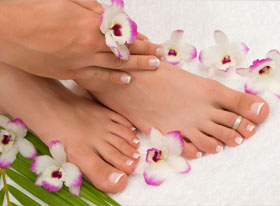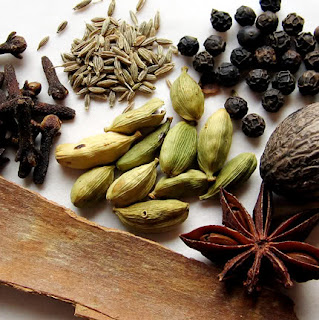Corns
on toes and calluses can be a big problem most especially if they begin to
cause pain when you are walking. There are soft corns and hard corns. The soft
ones form in between the soft parts of the toes and the hard ones form on top
of the bony part of the toes. Here are safe and effective treatment for corns
and calluses at home.
Petroleum Jelly
Every
night moisturize your feet by applying petroleum jelly generously. Put on
cotton socks and the next day wash your feet using lukewarm water and lather it
with moisturizing bath soap. Scrub off calluses and corns using a pumice stone.
Aspirin
Crush
8 aspirin tablets into powder, mix in 2 teaspoons of lemon juice. Apply the
aspirin cream on your corns on toes and calluses liberally. Wrap your feet
using a plastic clinging wrap. Use a warm towel and wrap it around your feet;
after 20 minutes remove the towel and plastic wrap. Scrub your feet using a
soft brush or a pumice stone.
Foot Bath
In
a basin with warm water, put chamomile tea bag and your favorite liquid soap;
soak your feet for 15 minutes and slowly slough the softened corns and calluses
using a brush with soft bristles or a pumice stone. After washing the feet,
apply moisturizer or lotion. Please do not apply lotion in between the toes
because it might trigger fungal infections on your feet.
Prevention
Wear
shoes that fit well and comfortable to use. Ill fitting shoes will cause a lot
of friction on your feet and cause calluses and corns to form. If possible wear
flat shoes and use foot patches that are non-medicated to protect your feet.
Cut toe nails properly. Wear socks that fit well.Very tight or loose socks can
cause calluses and corns to form.






